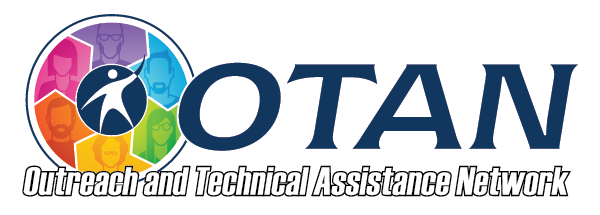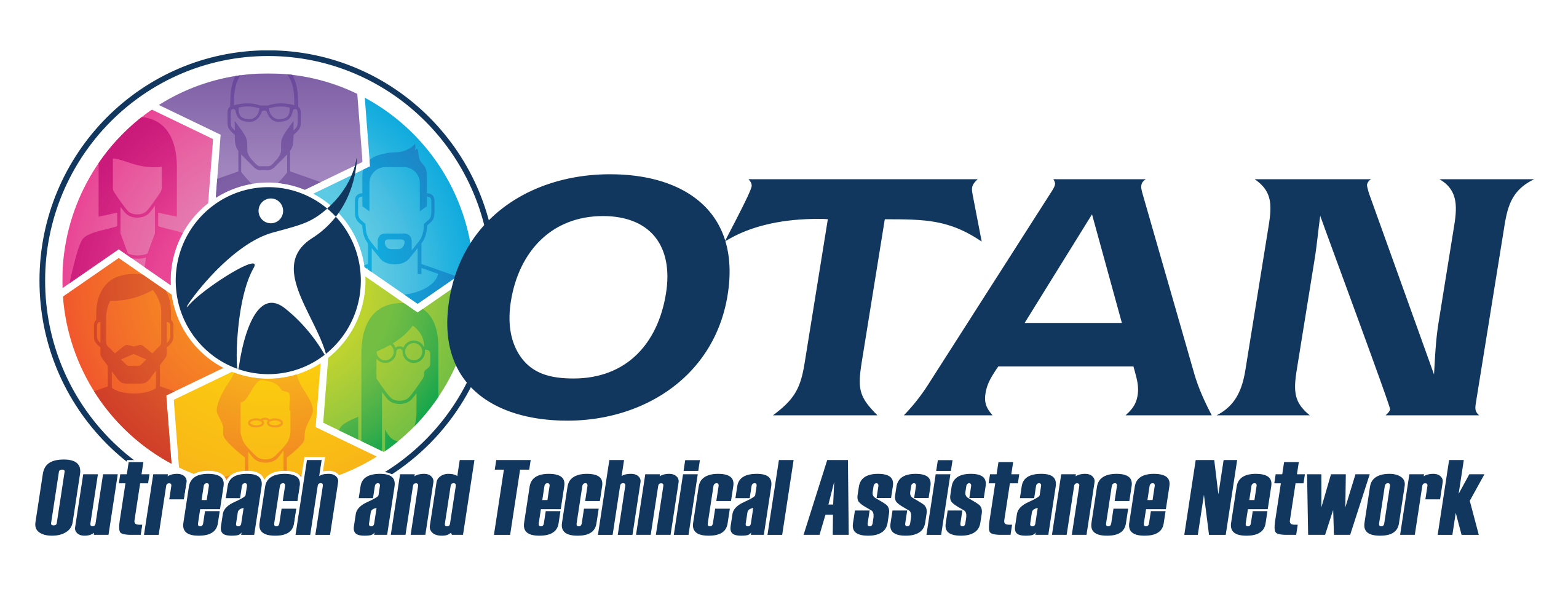Search
Money Management International: Financial Literacy Month Activities
Details
Activity Description
Money Management International has a dedicated site for Financial Literacy month (April), encouraging sound use of one’s finances throughout the year with Thirty Steps to Financial Wellness, which includes resources and worksheets to get organized and make a financial plan. The steps include:
- Commit to Change
- Assess Your Finances
- Clear out the Financial Clutter
- Set yourself up for Success
- Get copies of your Credit Reports
- Clean up your Credit Report
- Make your Money Count
- Identify your Starting Point
- Review your Debt Situation
- Set your Priorities
- Set SMART Financial Goals
- Set short-, mid-, and long-term Goals
- Pay down your Debt
- Expect the Unexpected
- Secure your Financial Future
- Make a Committment
- Save for your Goals
- Follow where the Money Goes
- Identify and Document Fixed Monthly Expenses
- Identify and Plan for Periodic Expenses
- Document your Spending
- Indentify ways to Reduce Spending
- Save Money on Groceeries
- Start an Open Dialogue
- Document your Desired Spending
- Protect yourself by Performing Financial Check-ups
- Understand the Cost of Credit
- Assemble a Financial Team
- Appreciate the Benefits
- Keep Moving Forward
For this activity determine how much time and how many steps you want to include, divide the class into pairs/groups to investigate each step, write a summary/report and present to the class.
Preparation
- Go through the Thirty Steps to Financial Wellness .
- Decide on the scope of the lesson. Is the class to cover the material briefly or do you want learners to find more information? Do you want all 30 steps covered or just a select few?I
- Decide how to divide the topic into manageable discussions.
- Determine any new vocabulary words and pre-teach them.
- Explore other areas of the Web site. This topic is huge and the Web site has many ways to help you.
How-To
- Discuss Financial Literacy in general.
- Write needed vocabulary on the board.
- Demonstrate the Web site if students will be completing the activity online.
- Show an overview of the 30 Steps.
- Discuss questions the students might explore.
- Divide the class into pairs or threes. Have them re-read the topic and answer questions posed by the class.
Teacher Tips
One way to use this site successfully with an ABE class is to divide the students into groups of three. Mix good readers with struggling ones. Have one person assigned to be the reader, one to be the recorder and the third to pose the questions and answers to include in their presentation to the class.
More Ways
- You can use the Budget Guides ie create a Budget, Save Money of Groceries etc.
- This Web site could easily take a month and then next year explore parts you could not cover the first year.
Program Areas
- ABE: Adult Basic Education
- ESL: English as a Second Language
- ASE: High School Diploma
Levels
- Low
- Intermediate
- High
- All Levels
- Intermediate Low
- Intermediate High
- Advanced
Lesson Plan
As pairs have learners discuss the question: What is Money Management and why is it important?
Join as a class to share ideas.
Financial Literacy Month is celebrated each April. Why do you think they celebrate it in April? (taxes due) As pairs brainstorm what topics are part of Finacial Literacy.
Share ideas as a class.
Share the site, Money Management International, Celebrating Financial Literacy for their list of 30 topics. Compare their list with the list created by the class. If you have pre-determined which topics you want to cover, highlight those.
See the article from The President's Council for Financial Literacy on committment. Share ideas from the article
Discuss as pairs which topics you think are the most important, and ones you would like to learn more about. Assign pairs/groups topics from the list.
As a pair/group explore the topic assigned. Write a summary/report on what you learned. Be sure to include the call to action. Present your topic to the class. This can be done as an infograpic, dialogue between members of the group (question/answer) or slide presentation.
Have pairs present their topic to the class. Have class members ask questions to encourage more discussion
As a follow-up assignment, have learners take what they have learned home and encourge family members to discuss how they might use the information. Bring that information back to the class for a larger discussion.
Subjects
- Language Arts - Reading
- Comprehension
- Language Arts - Writing
- Language Facility
- Organization of Ideas
- Writing Conventions
- Math
- Decimals
- Whole Number Skills
- Mathematics
- Numbers and Operations on Numbers
- Reading
- Consumer Skills
- Critical Thinking/Decision Making
- Social Studies
- Economics
- Writing
- Paragraph Skills
Standards
- Reading
- CCR Anchor 1 - Read closely to determine what the text says explicitly and to make logical inferences from it; cite specific textual evidence when writing or speaking to support conclusions drawn from the text.
- CCR Anchor 2 - Determine central ideas or themes of a text and analyze their development; summarize the key supporting details and ideas.
- CCR Anchor 3 - Analyze how and why individuals, events, and ideas develop and interact over the course of a text.
- CCR Anchor 4 - Interpret words and phrases as they are used in a text, including determining technical, connotative, and figurative meanings, and analyze how specific word choices shape meaning or tone.
- Writing
- CCR Anchor 2 - Write informative/explanatory texts to examine and convey complex ideas and information clearly and accurately through the effective selection, organization, and analysis of content.
- CCR Anchor 4 - Produce clear and coherent writing in which the development, organization, and style are appropriate to task, purpose, and audience.
- CCR Anchor 5 - Develop and strengthen writing as needed by planning, revising, editing, rewriting, or trying a new approach.
- CCR Anchor 6 - Use technology, including the Internet, to produce and publish writing and to interact and collaborate with others.
- CCR Anchor 7 - Conduct short as well as more sustained research projects based on focused questions, demonstrating understanding of the subject under investigation.

